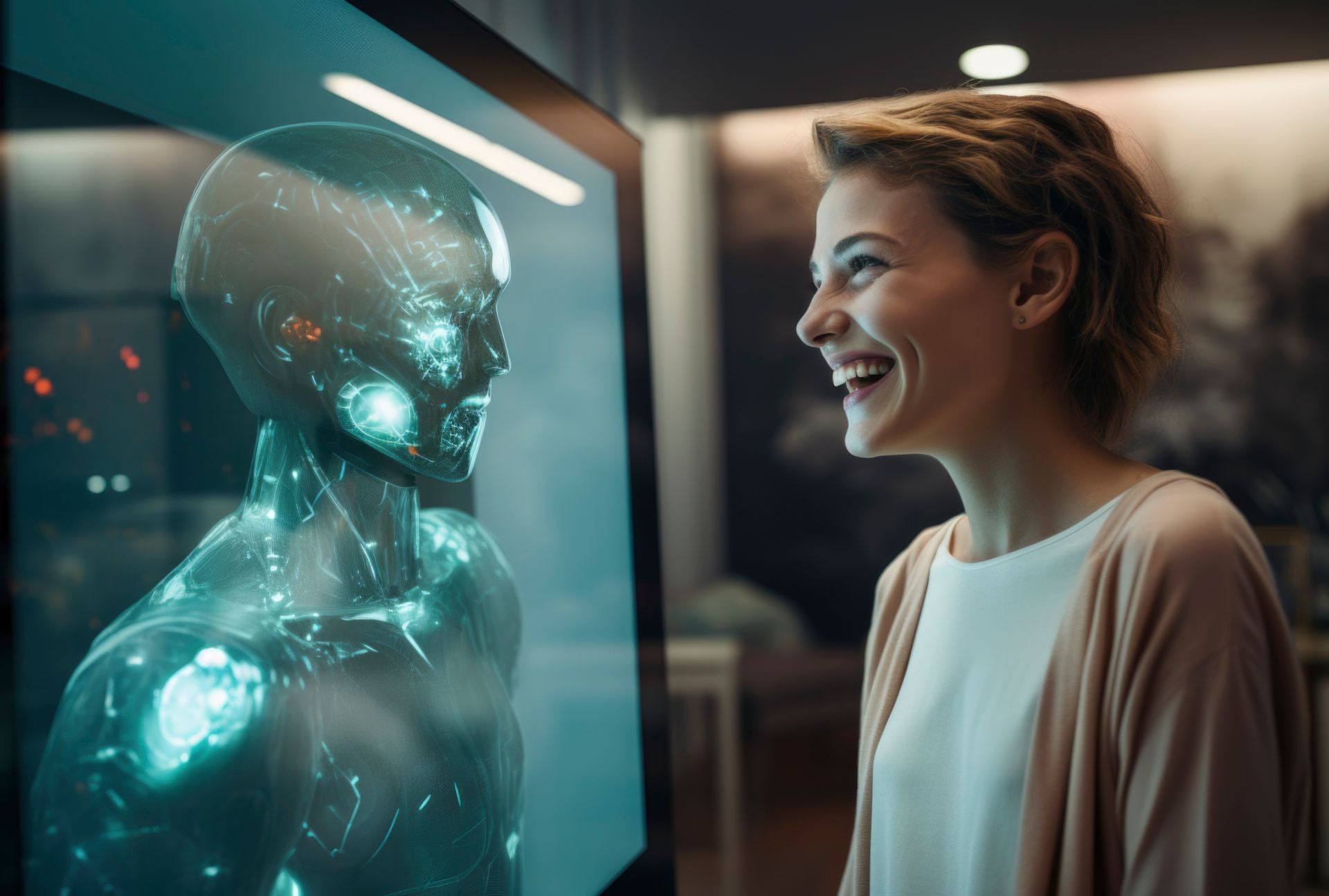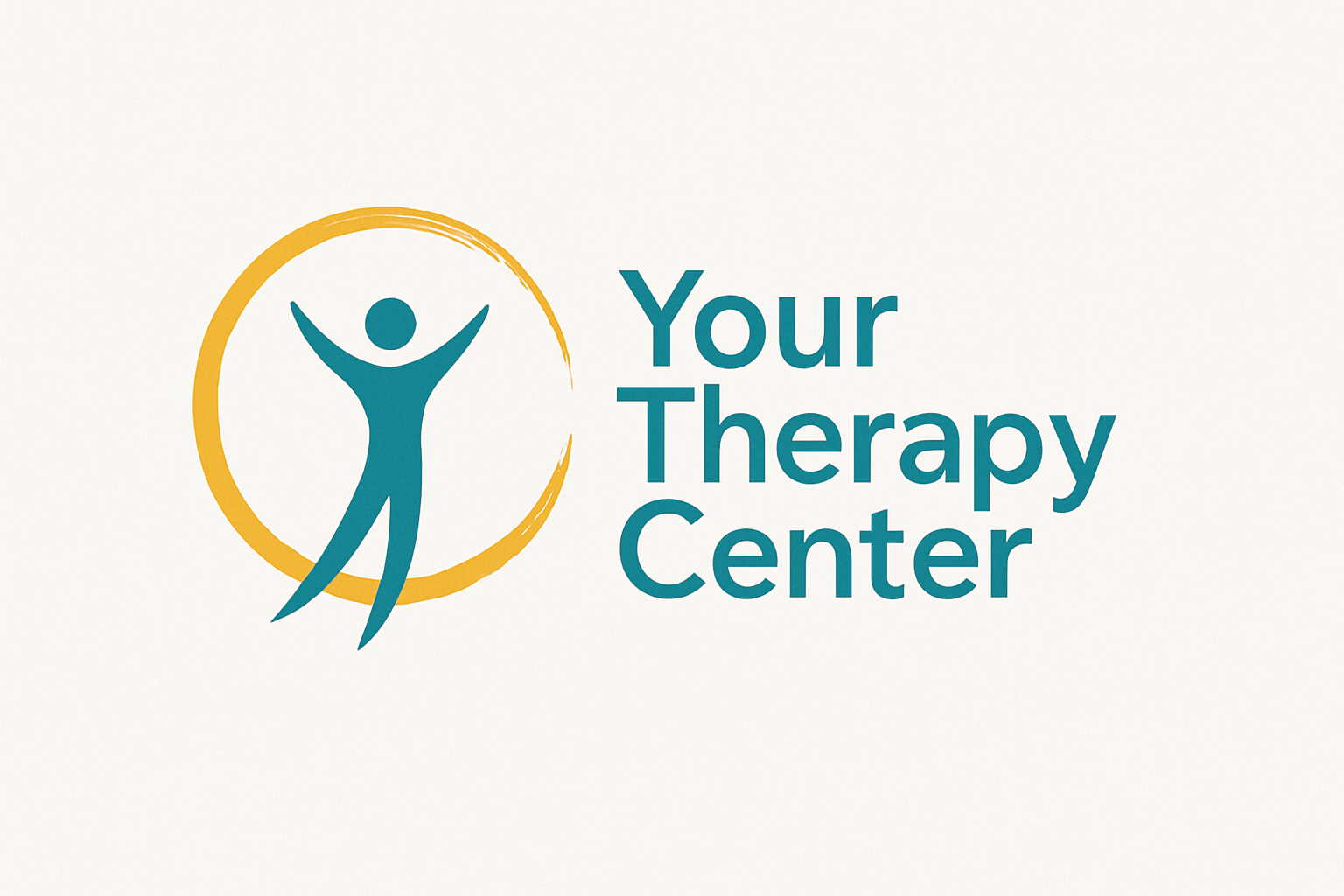Understanding ADHD: A Contemporary Perspective
Kelly Tzanou • July 31, 2025
Attention Deficit Hyperactivity Disorder (ADHD) is a neurodevelopmental condition affecting how the brain regulates attention, impulses, and activity levels. Far from being simply about "paying attention," ADHD represents a complex difference in executive functioning and neurological processing.
The Modern Understanding of ADHD
Current research reveals ADHD as a difference in brain structure and function, particularly affecting areas responsible for executive functions—the mental processes that help us plan, focus, remember instructions, and manage multiple tasks. Neuroimaging studies show differences in brain development, connectivity, and neurotransmitter function, particularly involving dopamine and norepinephrine systems.
ADHD manifests across three primary presentations:
Predominantly Inattentive Presentation
involves difficulty sustaining focus, following detailed instructions, organizing tasks, and avoiding distractions. People may appear forgetful or daydreamy, though their minds are often extraordinarily active.
Predominantly Hyperactive-Impulsive Presentation
includes difficulty sitting still, excessive talking, interrupting, and making hasty decisions. This presentation is often recognized earlier because it's more externally visible.
Combined Presentation
includes significant symptoms from both categories and is the most commonly diagnosed type.
The Real-World Impact
ADHD influences far more than academic or work performance. It affects:
Time perception and management—many people with ADHD experience "time blindness," where time feels inconsistent and deadlines sneak up unexpectedly.
Emotional regulation—feelings can arrive intensely and shift rapidly. This emotional sensitivity is increasingly recognized as a core feature of ADHD, not merely a side effect.
Working memory—holding and manipulating information mentally becomes challenging, affecting everything from following conversations to remembering why you walked into a room.
Motivation and interest-based nervous system—the ADHD brain often operates on an "interest-based" rather than "importance-based" system. Tasks can feel nearly impossible unless they're novel, urgent, interesting, or challenging.
Rejection sensitivity—many people with ADHD experience heightened sensitivity to perceived rejection or criticism, likely due to accumulated experiences of criticism and correction throughout life.
Beyond Childhood: ADHD Across the Lifespan
While ADHD was once considered primarily a childhood condition, we now understand it's a lifelong neurodevelopmental difference. Symptoms may shift with age—hyperactivity might manifest as internal restlessness in adults—but the core executive functioning differences persist.
Adult ADHD often remains undiagnosed, particularly in women and people who developed effective coping strategies or whose intelligence masked their struggles. Many adults discover their ADHD only when life demands exceed their coping capacity—during higher education, demanding careers, parenting, or when their own children receive diagnoses.
Common Co-occurring Conditions
ADHD rarely exists in isolation. Research indicates high rates of co-occurrence with:
Anxiety disorders and depression
Autism spectrum conditions
Learning differences including dyslexia
Sleep disorders
Sensory processing differences
Substance use challenges (often related to self-medication)
Understanding these intersections is crucial for effective support.
Trauma and ADHD
Growing up with undiagnosed or unsupported ADHD frequently leads to trauma. Repeated experiences of failure, criticism, punishment for symptoms beyond one's control, and chronic feelings of "not measuring up" create lasting psychological impacts. Many people with ADHD develop anxiety, low self-esteem, and perfectionistic tendencies as protective responses.
Strengths and Positive Aspects
Contemporary perspectives increasingly recognize ADHD's associated strengths:
- Creative and divergent thinking
- Hyperfocus on engaging topics
- High energy and enthusiasm
- Ability to think quickly and make connections others miss
- Crisis management skills and ability to thrive under pressure
- Entrepreneurial spirit and innovative problem-solving
Supporting ADHD: A Holistic Approach
Effective ADHD support is individualized and multifaceted:
Environmental modifications—creating external structures that work with rather than against ADHD brains. This includes visual reminders, body doubling, breaking tasks into smaller steps, and designing spaces that minimize distractions.
Understanding your unique profile—recognizing your specific pattern of strengths and challenges, including when and how you focus best, what drains or energizes you, and which strategies actually work for you.
Emotional processing—addressing accumulated shame, building self-compassion, and developing emotional regulation strategies that honor your neurological differences.
Life skills development—building personalized systems for time management, organization, and task completion that accommodate rather than fight against your brain's natural functioning.
Exploring whether medication might help—while medication isn't right for everyone, for many people it significantly improves quality of life and should be considered as one option among many.
Moving Forward
Living with ADHD in environments designed for neurotypical brains presents real challenges, but understanding your ADHD as a neurological difference rather than a personal failing changes everything. With appropriate support, self-understanding, and accommodation, people with ADHD can build fulfilling lives that leverage their strengths while managing challenges.
The goal isn't becoming "normal"—it's understanding how your brain works and creating a life that honors that reality while supporting your wellbeing and goals.

As artificial intelligence continues to evolve, many people wonder whether AI could one day replace the human therapist. After all, chatbots can already provide instant replies, track moods, and offer personalized affirmations. Yet while these tools may seem promising, the core of therapy — human connection — remains irreplaceable. The Rise of AI in Mental Health In recent years, we’ve seen a growing number of AI-driven mental health apps and virtual assistants. They can help users manage anxiety, remember coping strategies, or even simulate a conversation. For people who struggle to access therapy, these tools can offer a sense of immediacy and accessibility. However, AI lacks one fundamental ingredient — empathy. It can process language but cannot truly feel or understand the emotional nuances of a human being. Therapy isn’t just about words; it’s about tone, presence, and attunement — the invisible human bond that allows healing to unfold. Why Human Connection Matters in Therapy Every therapeutic process is built on trust and attuned communication. A skilled therapist listens beyond what is said — noticing subtle cues in body language, silence, or emotional shifts. This attunement fosters safety, and within safety, real transformation occurs. AI can offer insights, but it cannot provide the warmth of eye contact, the comfort of silence, or the validation that comes from being truly seen and heard. Even the best-designed algorithms cannot replicate this relational depth, which research consistently shows to be the strongest predictor of successful therapy outcomes. Where AI Can Support Therapy That said, AI can be a valuable adjunct tool. It can: Remind clients to complete CBT exercises or mindfulness practices Track mood fluctuations between sessions Provide psychoeducational content Offer journaling prompts or motivational messages When integrated responsibly, AI can enhance therapy, not replace it. It may make therapy more structured, data-informed, and accessible — but only when guided by a human professional who interprets and personalizes the experience. The Future: A Collaboration, Not a Competition Rather than viewing AI as a threat, we can see it as a partner in care. The future of psychotherapy may blend human insight with digital precision. A well-trained therapist could use AI tools to monitor progress or analyze behavioral trends, freeing more time for the deep, relational work that only humans can do. Ultimately, healing happens in connection — the meeting of two minds, two nervous systems, two stories. AI can simulate conversation, but it cannot co-regulate emotion or share genuine empathy. Therapy will continue to be a profoundly human art, supported — not replaced — by technology.

Every autistic individual's journey is entirely their own—no two experiences mirror each other perfectly. The spectrum of autism is vast and beautifully diverse, encompassing those who have formal diagnoses, those exploring their neurodivergent identity, and those who have long sensed they navigate the world differently without quite understanding why. My work draws from both lived experience and professional expertise, yet I recognize that understanding your specific relationship with autism requires collaboration. Your insights about your own experiences are invaluable. Together, we can examine how autism shapes your daily reality—past and present—and identify the support structures that will help you thrive authentically in your environment. The Impact of Living in a Neurotypical World Research increasingly demonstrates that autistic individuals often experience significant trauma from navigating predominantly neurotypical spaces. The constant demand to mask, adapt, or explain oneself in environments that weren't designed with neurodivergent needs in mind creates cumulative stress. I offer support for trauma-related symptoms stemming from: - Chronic invalidation and misunderstanding - Educational system trauma - Social rejection and exclusion - Sensory overwhelm in everyday environments - The exhaustion of prolonged masking Co-occurring Experiences Autism frequently intersects with other experiences that deserve attention and understanding: Mental health challenges including anxiety and depression often emerge from years of navigating mismatched environments and expectations. Post-traumatic stress can develop from repeated invalidating experiences, particularly in school or workplace settings. Sensory processing differences affect how you experience your environment—sounds, textures, lights, and spaces may feel overwhelming or conversely, you might seek specific sensory input. Understanding your unique sensory profile is essential. Interoception and alexithymia influence how you perceive internal bodily signals and identify emotions. Many autistic people find these aspects challenging, which can affect everything from recognizing hunger to processing feelings. Executive functioning variations may influence attention, planning, organization, and memory. Sleep patterns often differ from neurotypical norms. Eating and food relationship s can be complex, influenced by sensory sensitivities, routine preferences, and other factors. We'll explore whether these resonate with your experience and whether they cause you distress—or if concerns primarily come from others' perceptions. Intersectionality and Identity Your identity is multifaceted. Being autistic intersects with your culture, gender, sexuality, ethnicity, class, and other aspects of who you are. These intersections create unique experiences and challenges that deserve acknowledgment and exploration. Understanding how different parts of your identity interact helps build a more complete picture of your needs and strengths. Navigating Adolescence and Self-Discovery Puberty and adolescence bring intensified challenges, particularly for autistic young people. This developmental period often heightens self-awareness and amplifies feelings of difference at precisely the moment when fitting in feels most important. During this transitional time, we can work together using various approaches—including visual tools, creative media, and conversation—to: - Explore emerging emotions and their physical manifestations - Understand changing social dynamics - Develop self-advocacy skills - Build sustainable coping strategies that work beyond our sessions - Support family members in understanding your needs The goal is empowering you with tools and understanding that extend far beyond our time together, helping you build a life that honors who you are.




